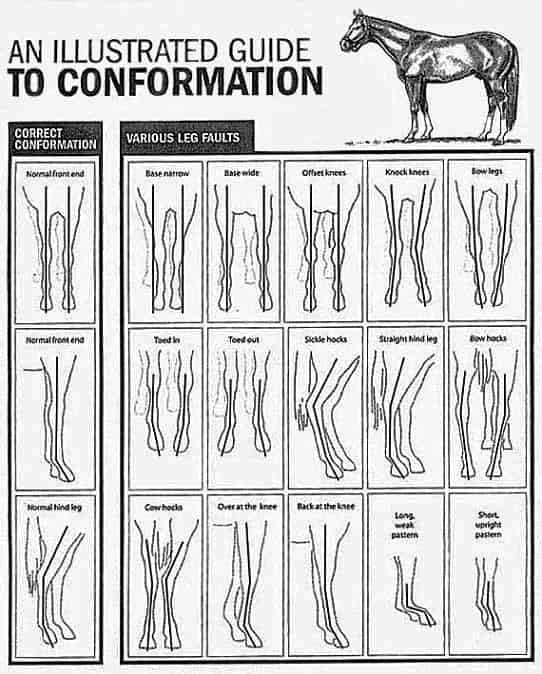Good Conformation in a Yearling
What Defines Good Conformation in a Yearling?
When it comes to selecting a future racing prospect there are many aspects to take into consideration. Each year there are numerous yearlings sales held around our country which feature Australia’s best new racing stars, and with hundreds of yearlings to choose from, good conformation is paramount.
Some things that define those qualities are
- Physical type – a presence about the horse that makes it stands out
- Athleticism – good physical development
- Size – well grown
- Proportion – how the horse is blended together
- Intelligence – alert and well behaved with a bright eye
What areas of the horse do we look at when assessing good conformation in a yearling?
When inspecting a yearling it must be remembered that no horse will ever be perfect, there are numerous areas that we look and it’s a matter of deciding what faults if any, are acceptable and how they may affect the horse’s future performance.
Some of the areas assessed during inspection are
- Legs – straightness
- Cannon – short, strong and centered
- Bone – does it have good, strong well developed bone structure
- Joints – fetlocks/knees, are they balanced and not offset
- Pasterns – length not to long or short and have good angles
- Hoof – are the hoof angles correct with no obvious defects and a good shape
- Length of rein – nicely balanced and in proportion
- Walk – does the yearling have a nice flowing walk with a good over step
- Hocks – correct angles
- Back – in proportion to the length of rein and not to long
What is considered bad conformation?
We have talked about Good conformation in a yearling, but what about bad? Everyone has different views on what they deem as acceptable when it comes to faults in a horse’s conformation. It’s not always about whether the horse fails inspection but whether the horse will be able to cope with any faults, and if it will affect their intended use.
The most common faults to take note of are:
- Offset or back at the knees
- Poor pastern angles
- Being turned out or turned in putting unnecessary pressure on bones
- Poor hoof structure
- Cow or bowed hock angles
- Short neck
- Poor muscle development and not symmetrical ie rump
- Long back
- Poor bone structure

How does conformation affect race performance?
Conformation whether good or bad affects a horses movement, and therefore directly affecting its soundness. Poor conformation can affect weight distribution, leading to a higher risk of injury and reduction in athleticism, and in turn reduced performance.
For example:
- Incorrect Pastern angles can lead to tendon strains or increased concussion on joints
- Offset knees and being turned in can increase pressure on the outside of the limb under stress
- Poor Hoof structure, when taken into consideration the weight and concussion a hoof absorbs during training, poor hoof condition can greatly affect performance
As mentioned before, no horse is perfect, and it is important to consider if the faults will affect the horses intended use or reduce their ability to perform at their peak.
If you are unsure about a conformation fault in a horse you are looking to purchase, it is always good to seek professional advice.
Experts in Equine Nutrition
Every product in the Ranvet range has been developed to meet a horse’s most specific need at any given time, be it in a training environment or on a breeding farm. Having pioneered the formulation of specific medications and dietary supplements for horses, the company is now recognised as a leader in the areas of equine health and nutrition.
